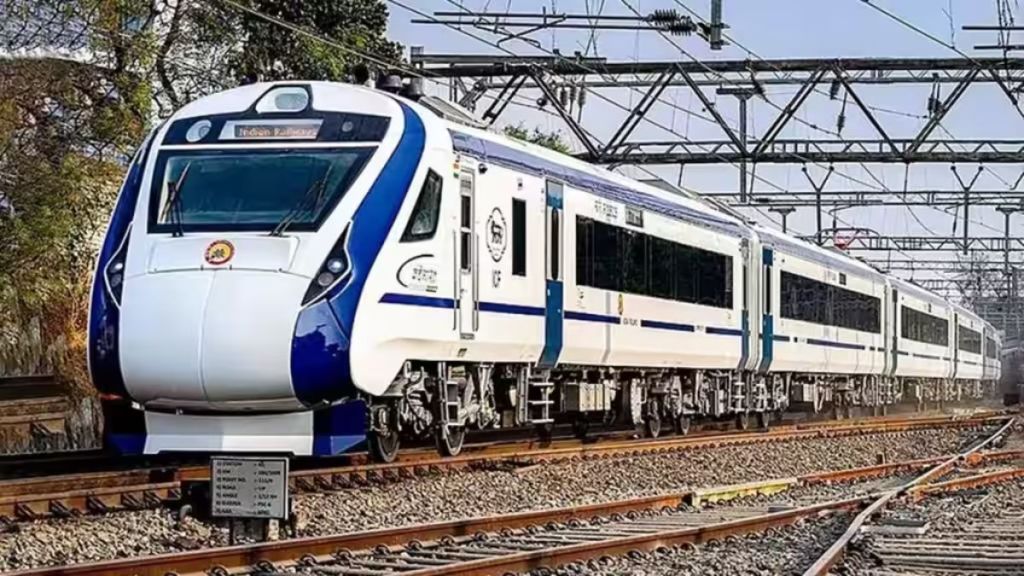Following the 2025 Budget announcement, Indian Railways revealed plans to manufacture 100 Amrit Bharat, 50 Namo Bharat and 200 Vande Bharat trains, including both sleeper and chair car variants, in the next two to three years. These trains will significantly enhance connectivity across the country.
Railway Minister Ashwini Vaishnaw also unveiled plans to manufacture 17,500 Non-AC General and Sleeper Coaches to improve rail connectivity across the country. The move is expected to enhance the travel experience for low-income passengers and ease the growing pressure on railway infrastructure.
Vaishnaw emphasised that the Railways would maintain a 2:3 ratio for non-AC coaches and a 1:3 ratio for AC coaches. A special manufacturing program has been initiated to boost the availability of general coaches nationwide.
Construction of new rail lines, flyovers, underpasses to pick pace
The 2025-26 Budget continues the government’s focus on upgrading Indian Railways, with an allocation of Rs 2.52 lakh crore. Vaishnaw also highlighted new projects worth Rs 4.6 lakh crore, which will be completed over the next four to five years. These projects include the laying of new railway lines, station redevelopments, and the construction of flyovers and underpasses.
Regarding the general coaches, Vaishnaw confirmed that the manufacturing process is already underway, with 1,400 coaches expected to be completed by March 31. The target for FY 2025-26 is 2,000 new general coaches. Additionally, 1,000 new flyovers have been approved for construction.
Indian Railways to achieve 100% electrification by end of this financial year
Further, Vaishnaw announced that Indian Railways will achieve 100% electrification by the end of this financial year. The government’s focus on safety investment has also been highlighted, with an increased allocation for rail safety from Rs 1.08 lakh crore to Rs 1.14 lakh crore, and a further increase to Rs 1.16 lakh crore in the next financial year.
The Railways is also set to reach a major milestone by March 31, achieving a cargo-carrying capacity of 1.6 billion tonnes, making it the second-largest cargo-carrying railway system in the world, after China.


